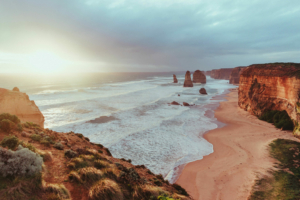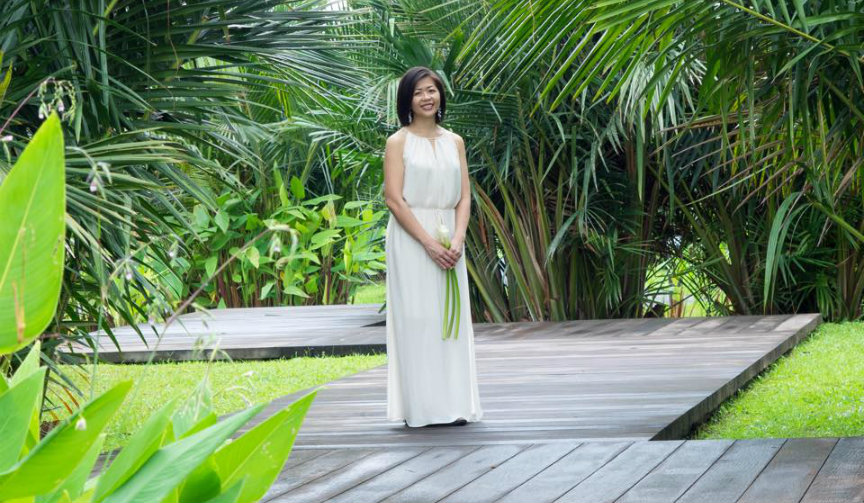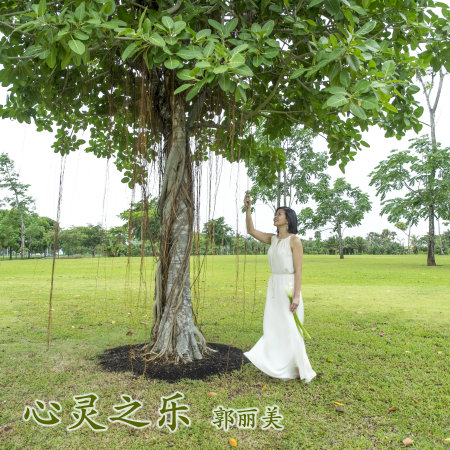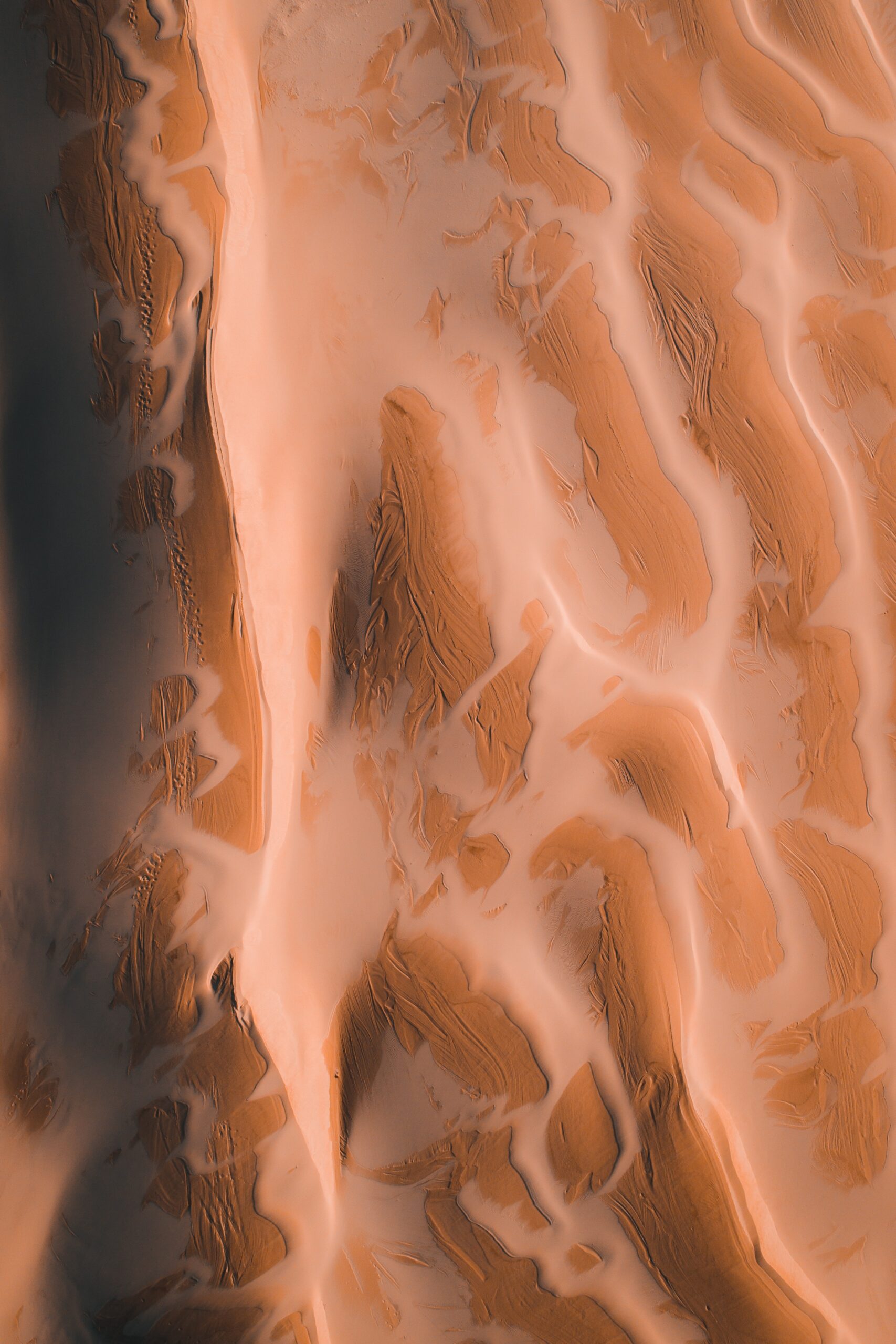Highlighting Australia
- As a proudly Australian initiative, we’re excited to showcase a collection of Australian stories, music, tributes and more.

Join activities, celebrations, study groups, spiritual empowerment and education programs for young people, and more.
Baha’i beliefs address essential spiritual themes for humanity’s collective and individual advancement. Learn more about these and more.


It always puts a smile on my face when I find out about individuals from different parts of the world who take the initiative to put the Sacred Writings of the Baha’i Faith to music, and share it with others.
So it gives me great pleasure to share Music of the Heart, the fourth and latest album by Singaporean Baha’i Michelle Koay. All of the ten songs on Michelle’s album consist of the Chinese translations of Baha’i prayers by The Bab, Baha’u’llah and Abdu’l-Baha put to music, and the album also includes the karaoke versions of the prayers too.
I decided to catch up with Michelle to find out more about her and this wonderful musical initiative:
Let me start with the professional aspect which has nothing to do with music! I started out as an engineering officer in the Singaporean Air Force and later decided that I preferred working with people instead of machines. Then I switched careers to become a psychotherapist about 8 years ago. I am now working with teenage girls in a school setting. I am also a mother to 2 wonderful boys, Junnoske (11 years old) and Ryunoske (9 years old).
As for my musical background, the only formal lessons I ever took were piano lessons since I was seven years old. When my mother became a Baha’i when I was 10, I attended children’s classes which included a group singing segment at the end. The good thing about that group was that I became confident in singing in front of an audience because we had numerous opportunities to perform for the community and for some inter-faith events.
At that time, I realised that there were not many Baha’i songs and most of them were from the West. So I thought it would be nice to compose some original Baha’i songs from Singapore.
I started putting music to prayers and Hidden Words and produced my first album “Spiritual Stirrings” in 1994, which was in cassette tape format. I also wrote a couple of songs together with my sister, Kelly, and we produced “Ethereal Odes” in 1996. In 1998, I produced 숨겨진 미려 (Hidden Beauty), original Baha’i songs taken from the Korean translation of the Hidden Words of Baha’u’llah. 心灵之乐 (Music of the Heart) is the fourth album I produced in 2014, which consists of the Chinese translation of Baha’i prayers.
Although I never received any formal vocal training, I feel that my years of experience in the choir probably contributed to my singing journey. I sang in school choirs since 1990, and even joined the choir when I was in University.
From 2000 to 2003, I set up “In Unison”, a Baha’i choir, and arranged several choral pieces for the choir. Then, I took a hiatus from the choral scene for about a decade before deciding to join ONE Chamber Choir, a semi-professional adult choir, in 2011, which I am still a member of.

This album is the brainchild of Mr. Kuek Yi Hsing, or more affectionately known as “Uncle Kuek” as I knew him since I was 10. Incidentally, Uncle Kuek was my first Baha’i children’s class teacher and my first lesson was about Baha’u’llah.
In 2008, he asked me to compile a CD of Baha’i prayers in Chinese, as there were no albums of such nature at that time. I completed the music composition that year but we faced numerous challenges with the music arrangement.
Another difficulty I experienced was finding time to do the recording because it was tough juggling between work and caring for my sons. Many of the friends were anticipating the completion of the CD, so I set a goal for myself and finally completed it in 2014.
For 心灵之乐 (Music of the Heart), I wanted to include a range of themes as well as a selection of prayers by the Central Figures of the Faith: The Bab, Baha’u’llah and Abdu’l-Baha. I selected “Remover of difficulties” and “Say: God sufficeth” by The Bab; “Unite the hearts”, “Healing prayer” and “Blessed is the spot” by Baha’u’llah. The other five prayers by Abdu’l-Baha were for children, unity, mankind, spiritual growth and marriage.
When I compose the music, the first thing I consider is whether it should be in major or minor key. Generally, I feel that most of the prayers are rather solemn in their tunes so I hoped to have a more balanced feel in the album. I realised that the best way to compose the music is to play the piano and chant the prayer at the same time. It seems to be the most natural way of fitting the music and the prayer together. However, I may go through a few iterations before a final melody emerges. When I am happy with the melody, I translate that to a music score.
I feel that it is important to embrace the diversity of culture and language. Hence, you can consider creating music in your native language and something which is representative of your culture.
Another important thing is not to be too technical about making the music because singing the Baha’i Writings has to come from the heart, and when you feel moved, you will be inspired and divinely guided.
There are two special features which I would like to share about the album.
Firstly, the album includes the children’s prayer which I recorded with my younger son. It was such a wonderful opportunity to do something with my son, and that prayer is my favourite piece in the album.
The second thing which is interesting about the album is the cover photo of the CD. I took it with a banyan tree (scientific name: Ficus benghalensis), which has a spiritual significance in many religious and cultural beliefs. Incidentally, the banyan tree symbolises eternal life due to its seemingly endless expansion, just like the nature of our immortal soul.
You can listen to and purchase Michelle’s music from her website, or her page on CDbaby.com.
"*" indicates required fields

We recognise their continuing connection to land, waters and community. We pay our respects to Aboriginal and Torres Strait Islander people and their cultures; and to elders both past and present.
The views expressed in our content reflect individual perspectives and do not represent authoritative views of the Baha’i Faith.

Visit the site of the
Australian Baha’i Community
and the Baha’i Faith Worldwide
Notifications
Thanks for this wonderful blog on my sister and her work!
Adeline Koay (April 4, 2015 at 4:07 AM)
Thanks Adeline 🙂
Michelle Koay (April 4, 2015 at 2:06 PM)
You’re a legend Michelle! Great accomplishment 🙂
Lynette Thomas (April 4, 2015 at 11:04 PM)
Thanks auntie Lynette 🙂
Michelle Koay (April 4, 2015 at 11:37 PM)